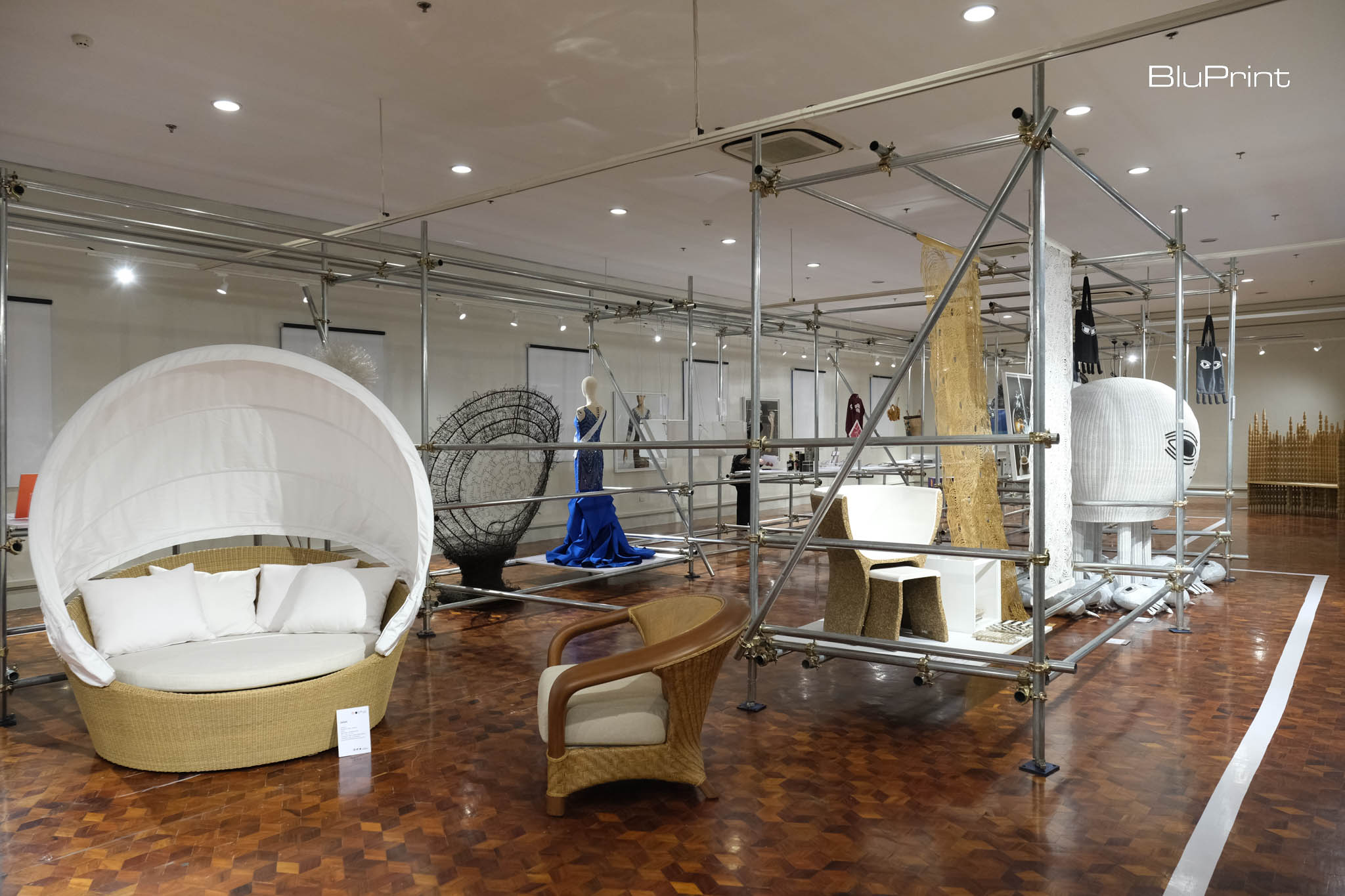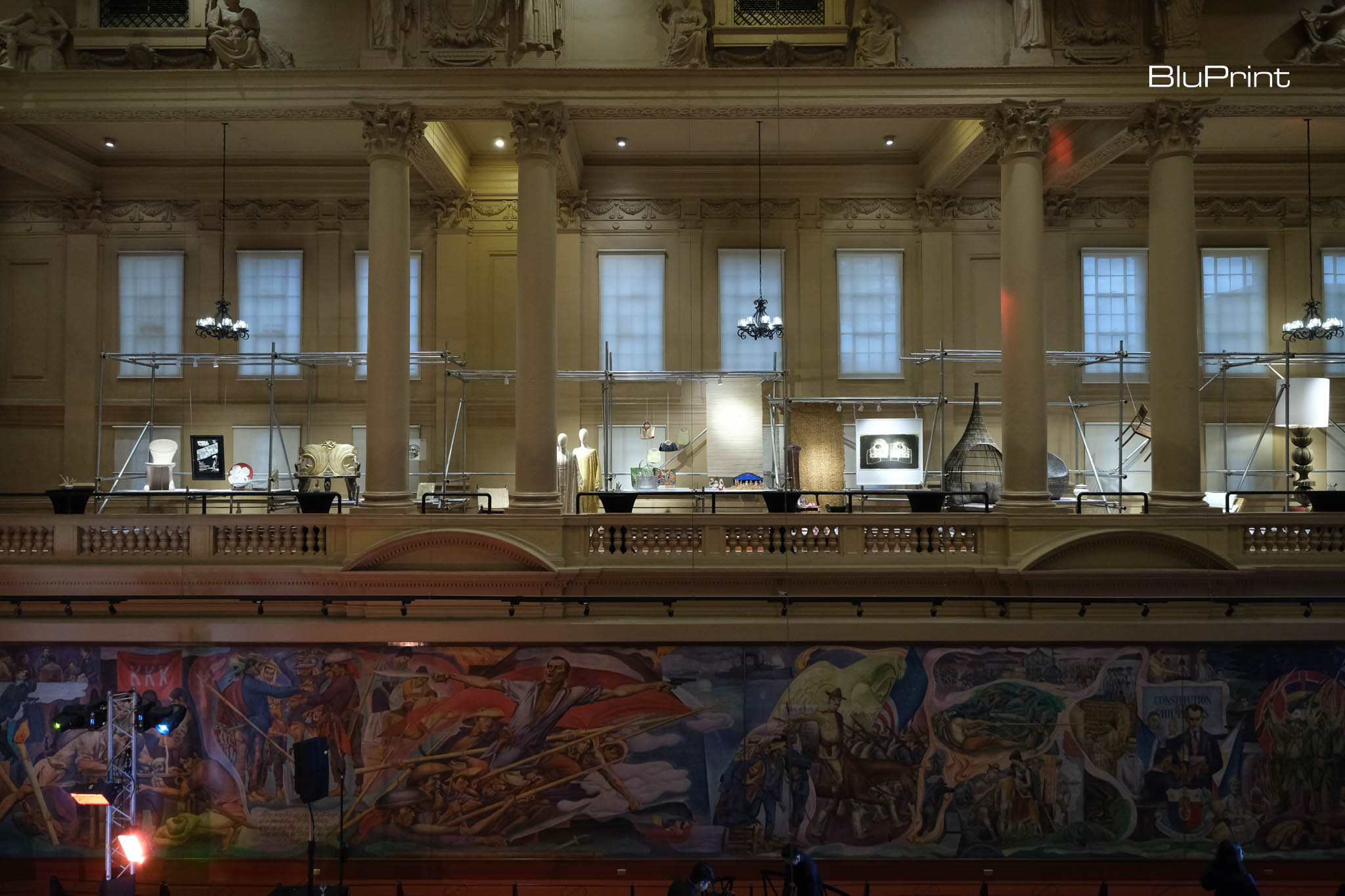
Filipino Design: The Past, Present, and Future of Sustainability
The “50 Years of Philippine Design and Beyond” exhibition marks the Design Center of the Philippines’ golden anniversary. Far more than just a retrospective, it’s a forward-looking celebration of Filipino design and its impact on the socio-economic landscape. The exhibition showcases the nation’s rich design heritage and its evolution over five decades. Moreover, it underscores the significant role design plays in shaping Filipino identity and the global perception of Philippine culture.
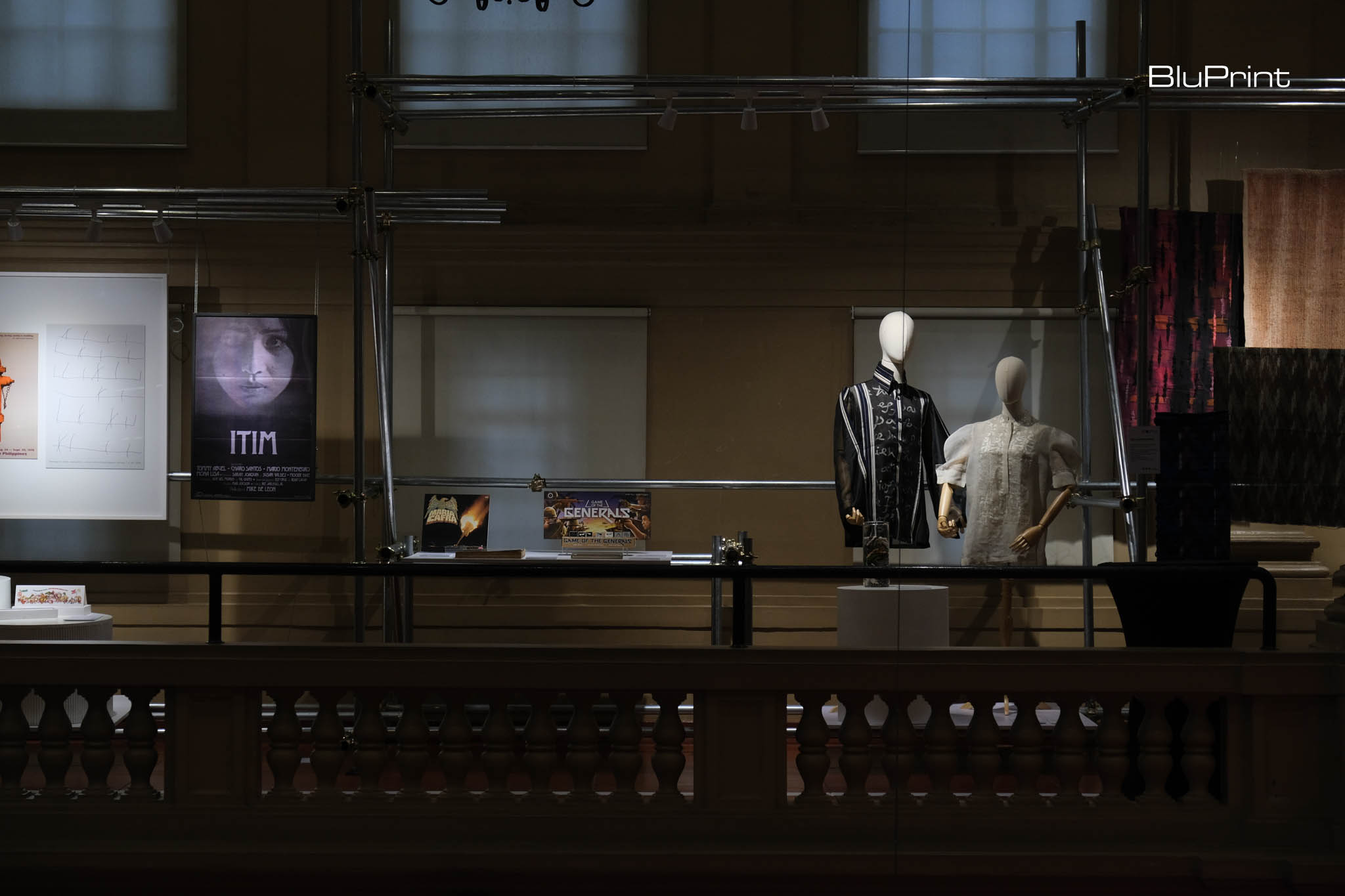
Sustainability at the Heart of Filipino Design
Among the many works on display, there’s a deliberate intention to highlight their sustainability. Curator Marian Pastor Roces eloquently contextualizes the event: “The seeds for these ideas were already there. That focus, for example in organic materials from the 1970s, nandiyan na yun.“ She stresses the prevalence of indigenous materials and traditional art. Like the “ostinato” in music, they are persistent motif amidst change. Her curation presents a visual timeline illustrating the constant yet evolving nature of Philippine design
Roces underscores the need for sustainability in design. She emphasizes the importance of creating a circular economy where “the sources of labor, raw materials, and sources of ideas, became part of the economy.” This approach reflects a growing global consciousness towards sustainable practices, a theme resonating throughout the exhibition.

Responding to Global Issues Through Design
The event mirrors not only the past, but also the present and future of design in the Philippines. Roces believes that design is crucial in addressing the challenges of the coming decades. This includes social justice, climate change, and waste reduction. “It’s about ascending to that stage where you begin to be part of the thinking process, you belong to the table globally where these things are discussed and solved,” she asserts.
Rhea Matute, Executive Director of the Design Center of the Philippines, amplifies this sentiment, advocating for a shift in perspective about design. She urges a move beyond aesthetics to a broader role where design intersects with problem-solving and systems thinking. “We need to use our design assets for the bigger more complex problems of the world,” Matute explains. She highlights the role of Filipino designers in responding to global crises and engaging with indigenous communities.
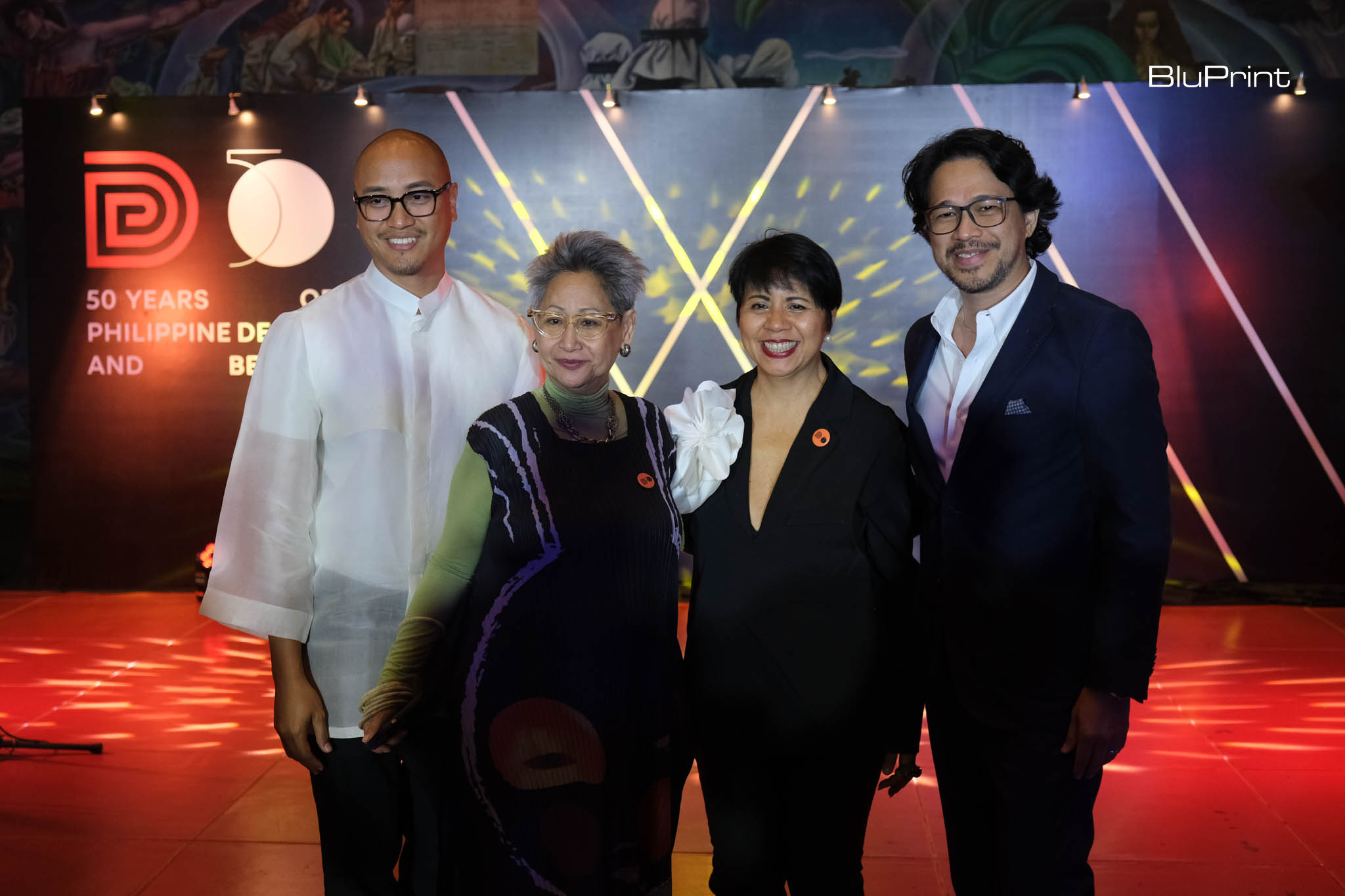
The Designer’s Identity Forged in Community and Collaboration
Furthermore, the exhibition also redefines the notion of the Filipino designer. As Roces puts it, “Philippine design takes a village.” She posits that the concept of a singular virtuoso doesn’t fit the Filipino context. Behind every star designer is a whole community, a collective force driving the design narrative.
Architect Royal Pineda, the exhibition designer, reflects on the distinct characteristics of Philippine design, particularly architecture. He describes it as “very pleasant, permeable, very transparent,” and relates it to the concept of “maaliwalas”. “It’s really about nature,” he points out. “The consistent consideration has always been about nature. It’s just that there’s a new term; we call it sustainability.”
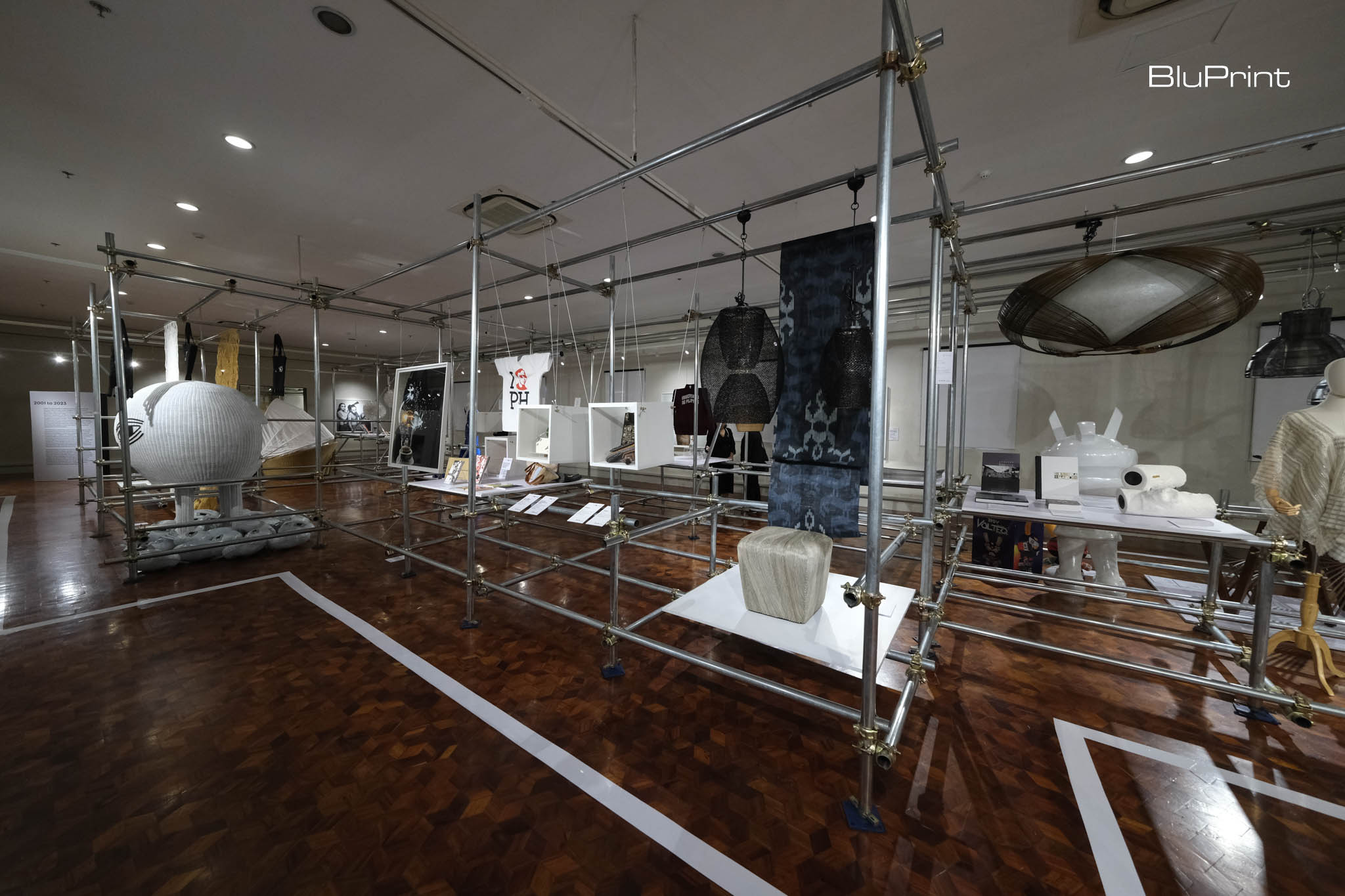
The Pillar of Malasakit
Part of the Design Center’s ethos calls for uncovering designs that excel in form, function, innovation. And there’s an addition of a unique pillar: malasakit. This criterion measures a design’s contribution to the UN Sustainability Goals. It’s an initiative that shows how Filipino designers are actively engaging in responsible design practices to address complex global challenges.
Royal Pineda emphasizes the hopeful nature of designers, “We are organically positive. You wouldn’t design and wouldn’t execute an effort to create if you don’t see a problem that you’re trying to solve.” Optimism is evident in the exhibit. It weaves a story of Filipino designers’ courage and innovation who dared address pressing issues.

Inspiring the Next Generation of Filipino Designers
Staged at the National Museum of Fine Arts, the exhibit is a narrative of Philippine design’s evolution. From the Duyan chair by Lor Calma to the iconic blue gown of Miss Universe Pia Wurtzbach, the exhibit traverses various realms. Each piece narrates a unique story of Filipino creativity in furniture, fashion, film, and more.
National Museum Deputy Director, Jorell Legaspi, puts it succinctly. “As a Filipino creator, there’s a lot of examples here that are the go-to when you’re a young designer looking for inspiration.”
A Curated Selection of Influential Filipino Creators
The 200 selected works were sourced from private and Design Center’s own collections. They feature a who’s who of Philippine talent. Among them are fashion icons like Salvacion Lim Higgins, Patis Tesoro, and Narda Capuyan. It showcases furniture designed by Lor Calma, Ito Kish, and Kenneth Cobunpue, and pieces from National Artists Arturo Luz and Francisco “Bobby” Mañosa.
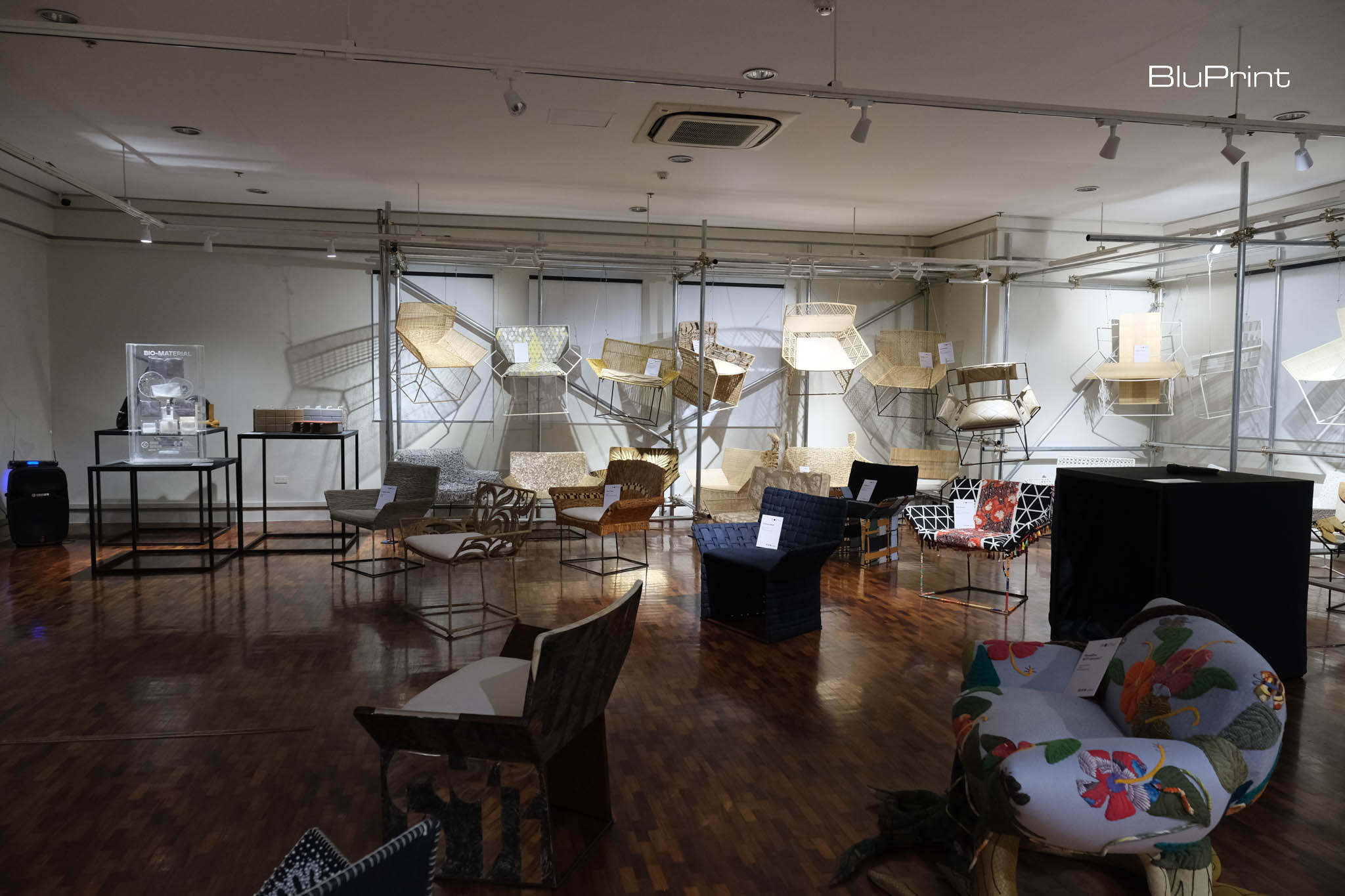

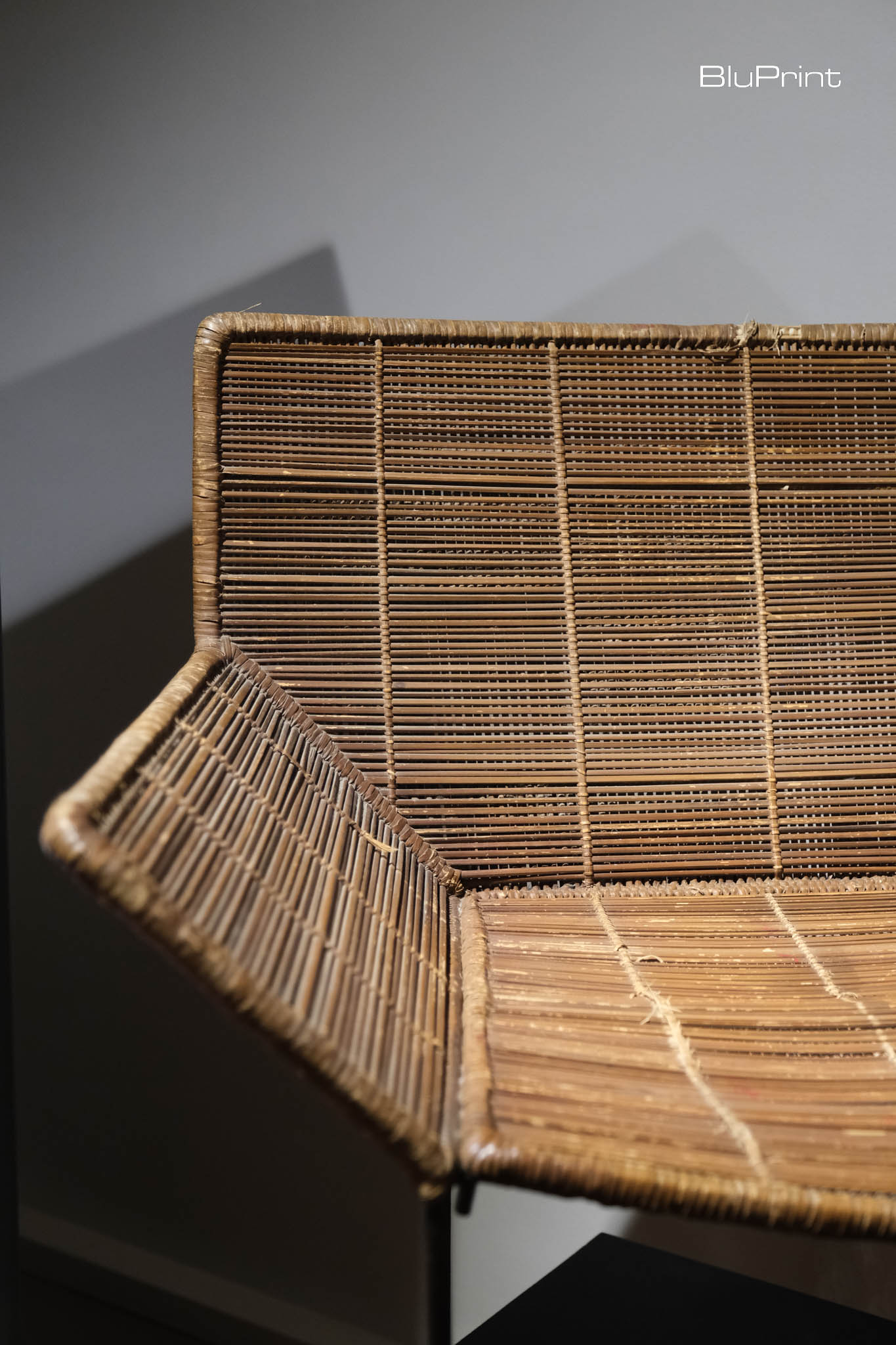
The Future Today
The exhibit’s 50-year timeline ends with “The Future Today,” which features 50 versions of Arturo Luz’s “New Buri Chair.” It’s a fascinating exercise in Filipino creativity, ingenuity, and innovation. Among the displays are some of Design Center’s ventures into sustainable materials. Each promise great potential in replacing paper and plastic.

Another part of this segment is a scale model of Royal Pineda’s Dubai Expo Bangkota pavilion. Not coincidentally, the exhibit’s final “piece” is the short film, “Our Gift to the World.” It also premiered at the Dubai Expo. Produced by BBDO Guerrero featuring choreography by Denisa Reyes. The film “visualizes the Filipino’s genius at social and aesthetic interconnectivity.”

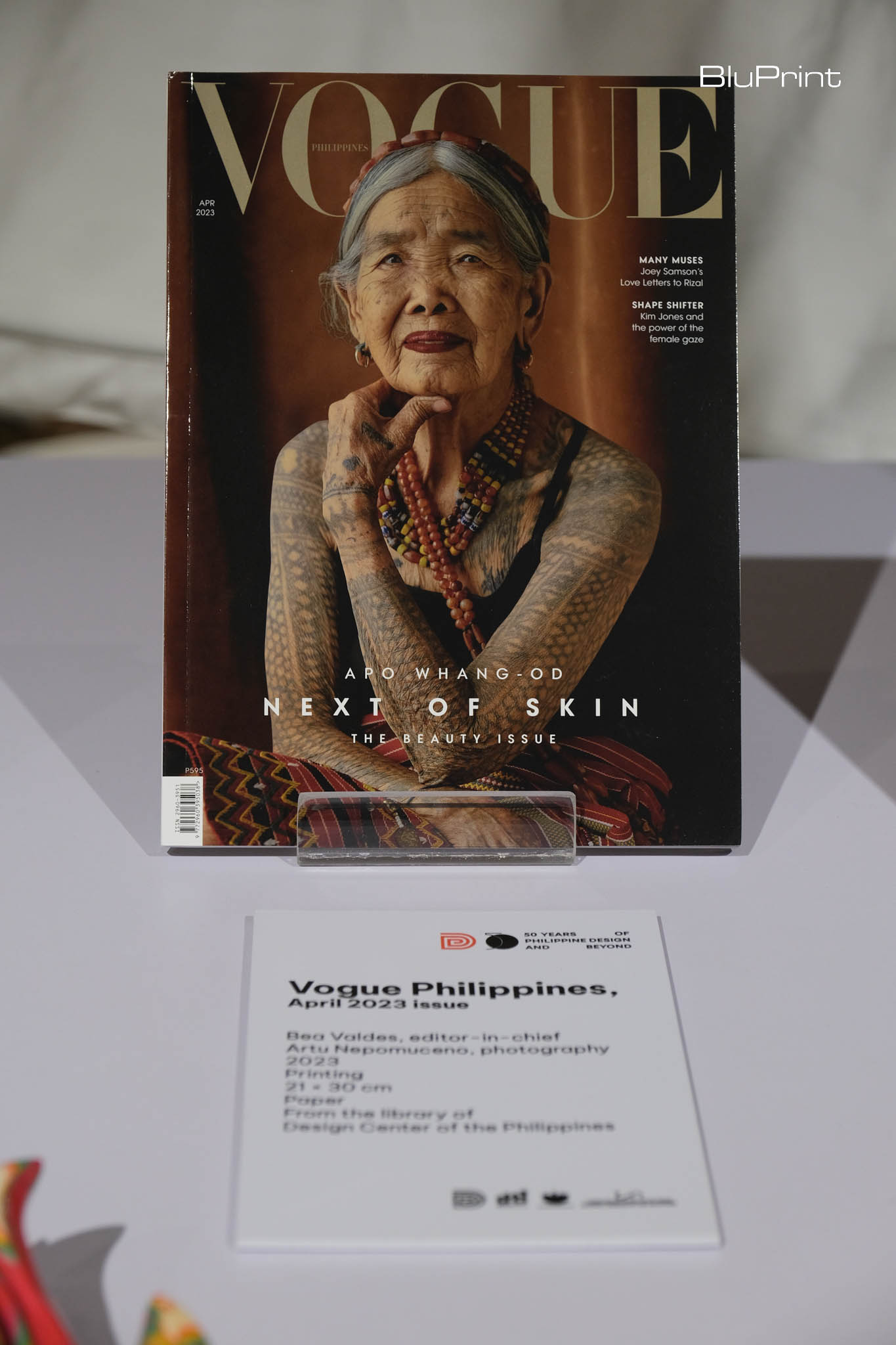
“It’s great to see all those examples that touches on very strong aspects of Filipino pop culture. That is really embedded in our Filipino identity,” Legaspi shares. “Not just in terms of aesthetic, but in terms of necessity, need, and diskarte. That’s the great thing about designers. They know how to pivot, they know how to adjust, and they’re very quick at really being to see things from a macro perspective and look at what is the purpose and intention of something that you are about to create.”
The “50 Years of Philippine Design and Beyond” may be a celebration of Filipino designers’ past achievements. However, it also sets the stage for a future where local design continues to innovate, inspire, and lead on the global stage.
The exhibition is open to the public from December 12, 2023, to March 3, 2024, at the National Museum of Fine Arts. It’s a must-visit for anyone interested in the vibrant tapestry of Philippine design and its journey through time.
